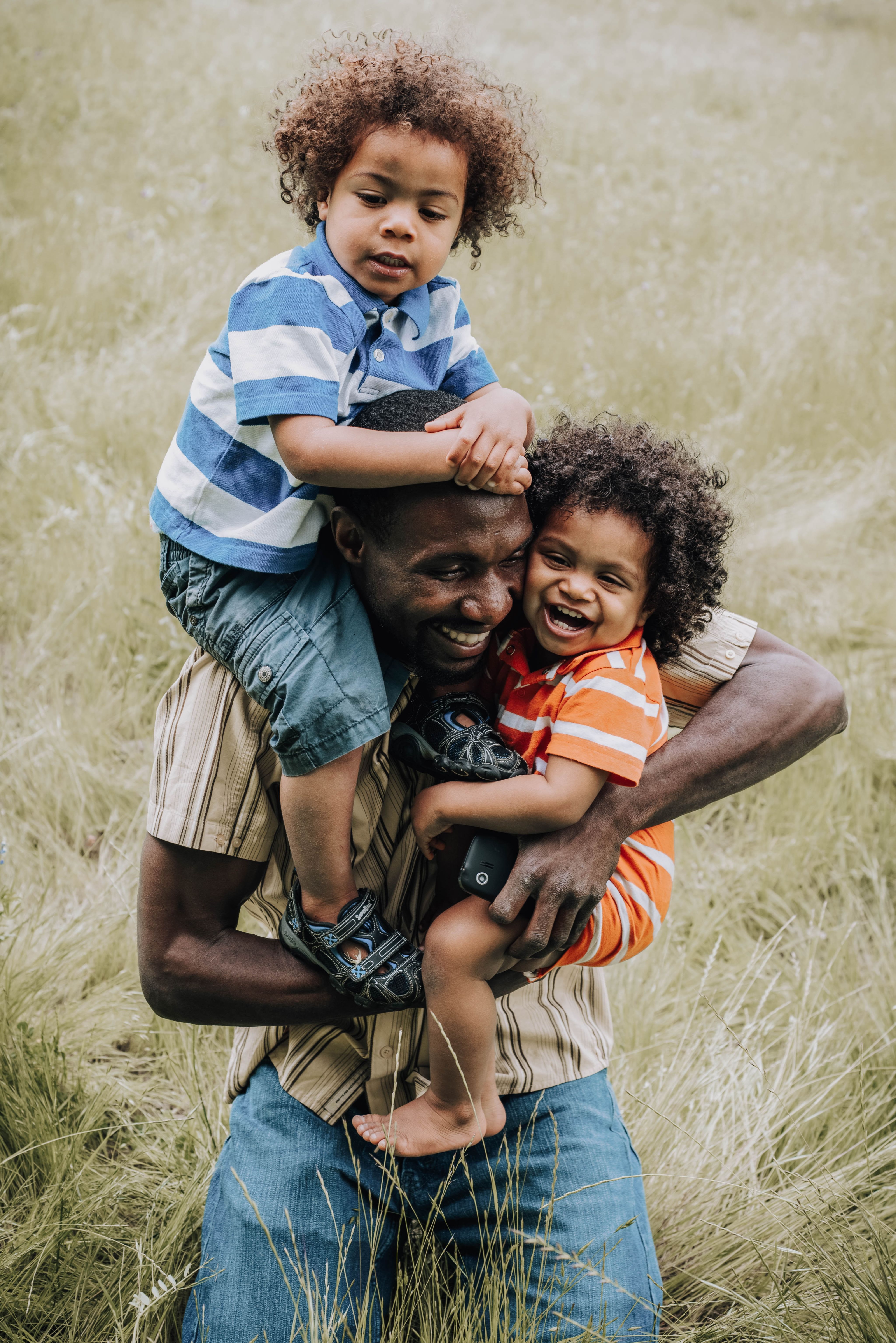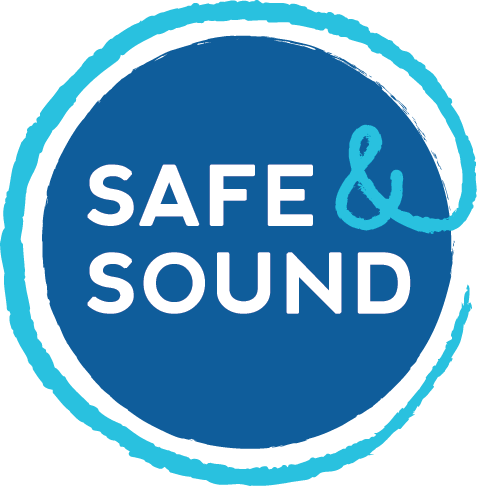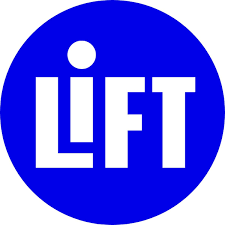Recommendation #1
Center equity, prioritize prevention, and ensure better outcomes for families who interact with child welfare and early childhood systems of care.

“Parents need to be able to lead with power and dignity. It is important to have voices of parents and families at the table in an intentional way. We need our voices to not only be heard but amplified.”
A child welfare system dedicated to engaging and strengthening families holistically across the lifespan will help support families experiencing poverty. In far too many cases, particularly in Black, Latinx, and Indigenous families and those with low incomes, when the current system becomes involved and resources are lacking or nonexistent, children are removed from their families of origin and placed in alternative care settings. Repositioning the child welfare system to prevent adverse experiences for families, rather than responding in ways that can compound hardship and trauma, requires frank conversations about racial and gender biases and how those biases impact families who come into contact with the welfare system and why. To center solutions in equity, leaders must model and facilitate safe spaces for identifying, interrogating, and eradicating policies, practices, and systems that perpetuate bias or injustice.
“There is a lot we can do to center racism, but we need to name it, define it, and talk about the history of how it operates,” explained Dr. Iheoma Iruka, Research Professor of Public Policy and the Founding Director of the Equity Research Action Coalition at Frank Porter Grant Child Development Institute at the University of North Carolina, Chapel Hill. “Part of the challenge is we code a lot of things. We don’t talk about Black fathers, we talk about low-income parents. We need to collect data around race, ethnicity, gender, family structure, all these things. And we must be clear about language and about adverse child experiences. When we talk about child experiences, we must talk about how children are experiencing racism.”
As a first step, Dr. Iruka recommends tending to the three Ps:
Promotion: How much are we promoting health and well-being; economic drivers – wealth and asset generation; and families – inclusive of not just biological parents, but also kinship care of children by relatives, including nonbiological kin?
Protection: Protect children and families from a system built to discriminate against them by centering this work around children’s rights and focusing on giving children the opportunity to live their best lives.
Preservation: Think of welfare not only as a way to keep children’s bodies safe, but also as a means to keep their families’ culture and heritage safe by preserving the best of who they are and the communities and culture they come from.

Action Steps
How to Apply the Recommendation
Prioritize Prevention
Prioritizing primary and secondary preventive programs and providing sufficient funding to sustain support for families and communities allows families to get ahead of and prevent crises.
Primary preventive programs are those that help families meet their basic needs before families experience adversity or health effects occur. Secondary preventive programs are those that identify and address risk factors in the earliest stages before the onset of symptoms or adverse experiences. This is more effective at every level of society than waiting for families to experience adversity before stepping in and offering help. Data and research show that when families do not have safeguards in the earliest stages of development, it costs more down the line. Models should be flexible enough to tailor support to each individual family’s needs. Effective examples include family resource centers, home visiting, and other programs that build protective factors and help families in communities across the country. Beyond the formal child protection system, policies that provide families with resources like food, cash, housing, and other concrete supports – and make good jobs, safe neighborhoods, consistent health care, and quality educational experiences accessible – strengthen families and communities.
Integrate bias training into staff capacity building
All staff who work with children and families will benefit from bias training to understand and address any implicit biases – attitudes and stereotypes that guide unconscious beliefs, actions, and decisions. This includes favorable and unfavorable sentiments that are activated involuntarily and manifest in one’s feelings about individuals or groups of people based on characteristics like race, ethnicity, gender identity, sexual orientation, and age. These sentiments are shaped by exposure to direct and indirect messages about individuals and groups over time.It is important to recognize that our implicit biases tend to favor groups with which we identify.
But even more importantly, our biases are malleable. Ingrained implicit biases can be unlearned through intentional debiasing efforts. Learning about implicit bias offers a lens through which we can examine root causes of racial and gender disparities, even in the absence of intent to discriminate or otherwise disenfranchise individuals or groups of people. When staff understand their biases, they will be better positioned to mitigate and prevent expressions of bias and related outcomes.
The Kirwan Institute for the Study of Race and Ethnicity at The Ohio State University offers several resources — including an Implicit Bias Module Series — to help individuals and organizations unpack implicit biases and what they mean for families and communities.
The Accenture Virtual Experience Solution (AVEnueS) is a virtual reality training experience to help prepare child welfare case workers for the field. AVEnueS uses immersive storytelling and interactive voice-based scenarios to provide experiential and reflective learning opportunities for front-line human services staff where they can practice making difficult decisions in stressful situations.
Address the stigma and public perception of the child welfare system and shift the narrative and laws around the definition of neglect.
Framing is the set of concepts and theoretical perspectives we use to perceive and communicate about reality. We use framing – where to start, how to explain it, what to emphasize, and what to leave unsaid – to present information in such a way that others will share our perception and opinion. In doing so, we impact how people interpret and act on information. Even small differences in language can lead to big differences in how we interpret information – and in how others interpret the information we share. For example, one study of child protection services hotline operators in Michigan found that when families accessed benefits like SNAP or WIC, they were tagged as a risk factor. Changing this tag to a “protective factor” – because a family accessed these services for their families – shifted how hotline operators felt about and interacted with families.
The child welfare system has not historically served all people equitably. Perhaps most perniciously, child welfare laws and practices have intentionally conflated and subsequently treated symptoms of poverty (e.g., substandard housing or housing insecurity, inadequate nutrition and food insecurity, lack of access to health care, unsafe neighborhoods), which itself is the outcome of intentional marginalization that prevented communities of color from accessing economic opportunity, as neglect and child maltreatment. The Children’s Bureau in the Administration for Children and Families (ACF) at the U.S. Department of Health and Human Services (HHS) affirms that committing to equity requires examining how existing policies and practices – as well as the language we use to describe these systems and practices – can negatively impact particular segments of society.
In the last few years, we’ve experienced fundamental shifts in how we think and communicate about policies and services for families with low incomes. By leveraging emerging and established research into messaging on economic mobility and well-being, the field has an opportunity to shift public perception of and the laws underpinning the child welfare system to create a more supportive environment for families.
Recommendation
in Action
The following programs are examples of equitable solutions in the community context that mitigate and help families navigate adverse experiences.

Indian Child Welfare Act
The Indian Child Welfare Act (ICWA) protects and promotes the stability and security of Indian tribes and families by establishing minimum federal standards for states that are handling cases of substantiated child abuse and neglect involving Native children. ICWA provides guidance to states for the removal and placement of Indian children, when necessary, in environments that reflect the values, cultural practices, and traditions of Indian culture. Attempts to undermine the constitutionality of ICWA, like the Haaland v. Brackeen case currently before the US Supreme Court, jeopardize the sovereign right of Tribal Nations to protect American Indian and Alaska Native (AIAN) children and risk perpetuating assimilation practices that have harmed AIAN children for centuries.

Families First DC
Family Success Centers

Washington, DC
The DC Child and Family Services Agency (CFSA) operates 10 Family Success Centers in neighborhoods east of the District’s Anacostia River, serving approximately three-quarters of the children and families who live there. The centers are part of the District’s Families First DC initiative and federal Family First Title IV-E Prevention Program Five-Year Plan: “Putting Families First in DC” (Family First Prevention Plan). Centers connect families to preventative services, including those related to employment and education, food security, child care, and health care. Many of the services available to families are provided by District government agencies including:
- Department of Human Services
- Department of Employment Services
- Department of Behavioral Health
- DC Public Libraries
- Office of Neighborhood Safety and Engagement
- DC Public Schools
Each center’s priorities were determined with the input of Community Advisory Councils (CACs), which included residents and community-based stakeholders. The CACs identify specific needs and existing service gaps, tailor offerings based on community contexts, mitigate trauma, and increase protective factors for families. The District of Columbia was the first jurisdiction in the nation to submit and have the Children’s Bureau approve its plan for implementing the federal Family First Prevention Services Act.

Safe & Sound

San Francisco, CA
For nearly 50 years, Safe & Sound has partnered with other community-based organizations and government agencies to pioneer an approach to prevent child abuse and reduce its devastating impact. Main components of its approach include:
- Advocating for laws, policies, and practices that put kids and families first. Safe & Sound works across every sector of society to bring awareness to this pervasive issue, address its underlying causes, and create a strong community that protects kids.
- Collaborating with government agencies and community organizations throughout the Bay Area to provide support and services to children and their parents or caregivers. These collaborations bolster the community’s ability to prevent child abuse, unearth cases of abuse, and respond to those cases.
- Educating school-age children, parents, and child-serving professionals (teachers, after-school staff, and first responders) to keep kids safe. When parents have a fundamental understanding of child development and are taught concrete parenting tips, kids are safer. When child-serving professionals know how to identify suspected child abuse and skillfully respond to it, kids are safer. When children understand the difference between what’s appropriate and what’s not, and are empowered to speak up, they are safer.
- Providing comprehensive support and services to families who need them through a family resource center and in partnership with a network of 26 other family resource centers in the community. Through an evidence-informed approach, Safe & Sound helps families build upon their strengths to increase their protective factors: parents’ resilience and knowledge of parenting/child development, families’ social connections and basic needs, and children’s social and emotional competence.

The Magnolia Mother’s Trust

Jackson, MS
Springboard to Opportunities staff members regularly meet with families with low incomes to learn about what they need to successfully reach their goals. In these conversations, a common thread prevailed: families need more cash. A minimum-wage job simply does not provide enough income to support a family, and the system for obtaining supplementary benefits is stressful, dehumanizing, and time-consuming.
In the fall of 2018, Springboard to Opportunities announced The Magnolia Mother’s Trust, a new initiative that provides Black mothers with low incomes in Jackson, Mississippi, with $1,000 per month in cash, no strings attached, for 12 consecutive months. While there have been several initiatives for a guaranteed income worldwide, this is the first to specifically support Black mothers with extremely low incomes living in affordable housing communities in the United States.

LIFT

Nationwide
LIFT is focused on building the well-being, financial strength, and social connections of families by lifting two generations at once. LIFT believes parents know what’s best for their families and provides one-on-one support from a trained LIFT coach to help families set and achieve self-determined goals, such as going back to school, improving credit, eliminating debt, or securing living-wage employment. With integrated financial, employment, and educational coaching, parents design plans tailored to their family’s needs.
LIFT’s Family Goal Fund provides $150 in direct cash payments every three months to reduce stress and give families a financial boost to reach their goals. Realizing that social capital accelerates access to financial capital and economic mobility, LIFT supports community building through group coaching, educational workshops, luncheons, special events, and other family-friendly celebrations. These gatherings help parents reduce the feeling of isolation while learning about job openings, workshops, or funds to start a business.
Through their own hard work — and with LIFT's support and systems changes — parents create greater financial stability, access career opportunities, and set their families up for success. LIFT families have obtained college degrees, purchased homes, paid off credit card debt, built child savings accounts, and started their own businesses — all proven factors of a better future for their children.
Additional Recommendations
Ensure that both the child welfare system and the larger system of care and education are culturally congruent and responsive
Invest in workforces across systems of early care, learning, and child protection to ensure they are best equipped to meet the needs of their communities
Consider the potential for impact, flexibility, and sustainability in leveraging new and existing resources to support children and families



